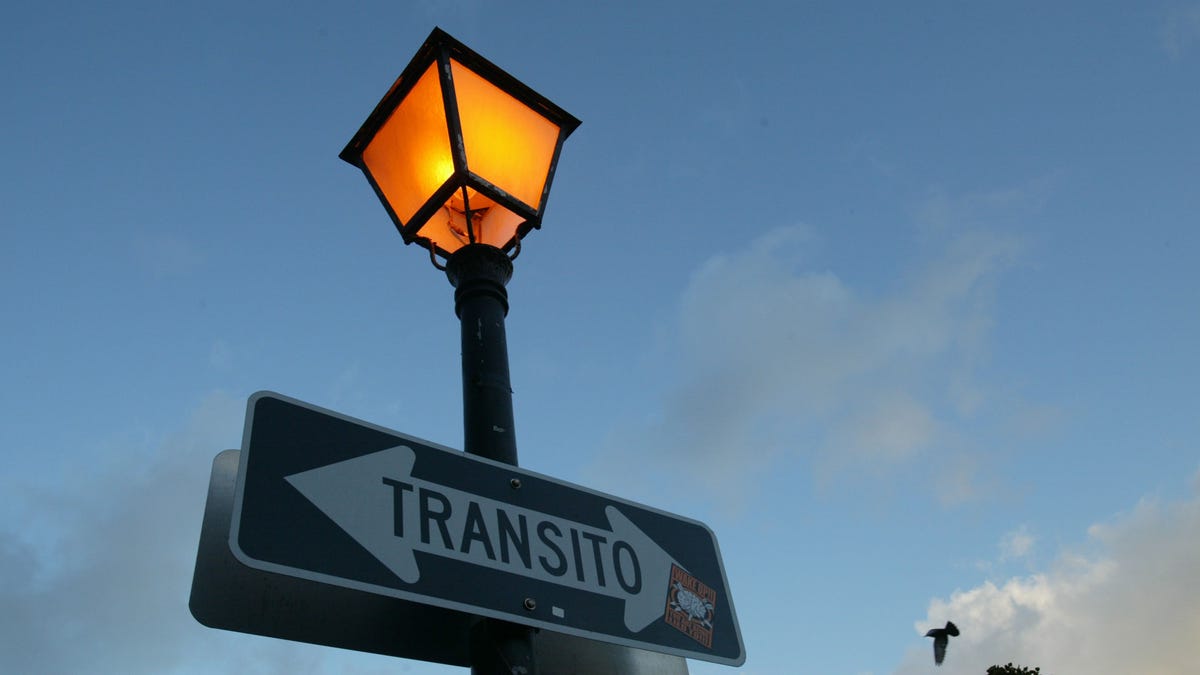
(Getty Images)
Puerto Rico just can’t catch a break. Its economy has been a shambles for nearly a decade, its population is shrinking incessantly, unsustainable debt is rampant, and it has higher unemployment than anywhere else in the U.S., while nearly every major proposal for reform has come at substantial political cost.
Adding insult to injury, Puerto Rico’s Supreme Court shot down a new law a couple of weeks ago that was intended to convert the increasingly insolvent teacher’s pension fund into one that has more long-term viability. With 40 percent of its overall debt tied to similarly unfunded pension obligations, such reforms are necessary if Puerto Rico wants to turn its economic tides anytime soon.
Although it won’t be bailed out by the IMF or World Bank, [Puerto Rico's] economy still has something the rest of the world envies: the financial backstop of the greatest economic powerhouse that ever existed.
With so much mounted against it, I am beginning to wonder if future historians will see this as Puerto Rico’s “lost decade.” For those of you who are, well, a little older than I am, you might recall that the rest of Latin America suffered through its own version in the 1980s. After becoming entirely dependent upon commodity exports, Latin America fell behind the rest of the world who invested in manufacturing and technology during. Financing itself through economic crisis after economic crisis, combined with a series of failed monetary and fiscal policies, enabled the developed world to officially leave Latin America behind.
The end-product was a region with nearly a decade of economic decline, debt so grand that it would make Greece blush, unemployment through the roof, and virtually no one to turn to for help . . . a description that could just as easily fit Puerto Rico today.
Despite a number of economic similarities, Puerto Rico’s debt problems might actually be worse today than that of 1980s Latin America. Puerto Rico’s debt-to-GDP ratio (not even including pensions) is 50 percent higher than Chile’s in 1981, the worst offender from their decade in decline.
Debt in Latin American countries grew so much in the late 1970s that countries were eventually unable to pay even the interest on new loans. Much like when seeking a new car loan, when creditors see a lot of existing debt they raise interest rates, which increases payments (known as “debt service”) or they simply refuse to offer a loan altogether. Puerto Rico recently borrowed $3 billion from the bond market (at a fairly high rate, as far as bonds go) to help cover its interest payments, hoping that it will buy enough time to allow reforms to take hold. Their Supreme Court’s ruling has increased lenders’ concerns that recent reforms won’t be enough.
Many believe that Puerto Rico’s weak economy is partly attributable to a lack of investment in the production of exports, often considered one of the major factors behind the original “lost decade.” In fact, Puerto Rico’s exports are so weak that its debt-to-exports ratio (another measure of whether a country can cover its debts) is nearly six times higher than the World Bank’s external debt threshold, and more than 30 per cent higher than that of Greece.
Although the last decade might already be lost, the chances are slim that Puerto Rico will suffer the same fate as other Latin American countries. Its obstinate administrators are slowly being forced to make the same major structural adjustment reforms as the rest of the region eventually had to. By lowering deficits and controlling some of its spending, it projects a balanced budget in the upcoming year. At least it did before the pension reform ruling.
Even with the historical examples that other countries offer, Puerto Rico is stubbornly holding off on some of the other major structural reforms that led to Latin America’s transformation, however. When desperate for money, selling off inefficient, government-owned and run operations becomes a more and more appealing model than state-controlled monopolies prominent within our southern neighbors’ territories. But there’s no reason to completely turn over the reins of Puerto Rico’s poorly run utilities to foreign investors. Other countries have successfully retained control by selling shares, or even giving ownership to their own people, boosting wealth and citizens’ vested interest, while others have taken public corporations to stock markets. But efficiency improvements won’t come easily if the reforms aren’t met with reduced barriers to investment and increased competition that Puerto Rico, and so many others, have historically fought tooth and nail.
Recently, Puerto Rico has made some headway in reducing barriers to foreign direct investment through competitive tax policy and other financial advantages, which is beginning to attract a number of investors. Yet, contrarily, the opposite policy remains in effect for those home-grown Puerto Rican businesses who now bear higher tax burdens and an overly complex regulatory environment.
In the end, Puerto Rico is, and nearly always has been, far better off than any country in Latin America. Although it won’t be bailed out by the IMF or World Bank, its economy still has something the rest of the world envies: the financial backstop of the greatest economic powerhouse that ever existed, one that is unlikely to allow a U.S. territory with nearly four million of its citizens to suffer through a Latin American-style economic collapse.
